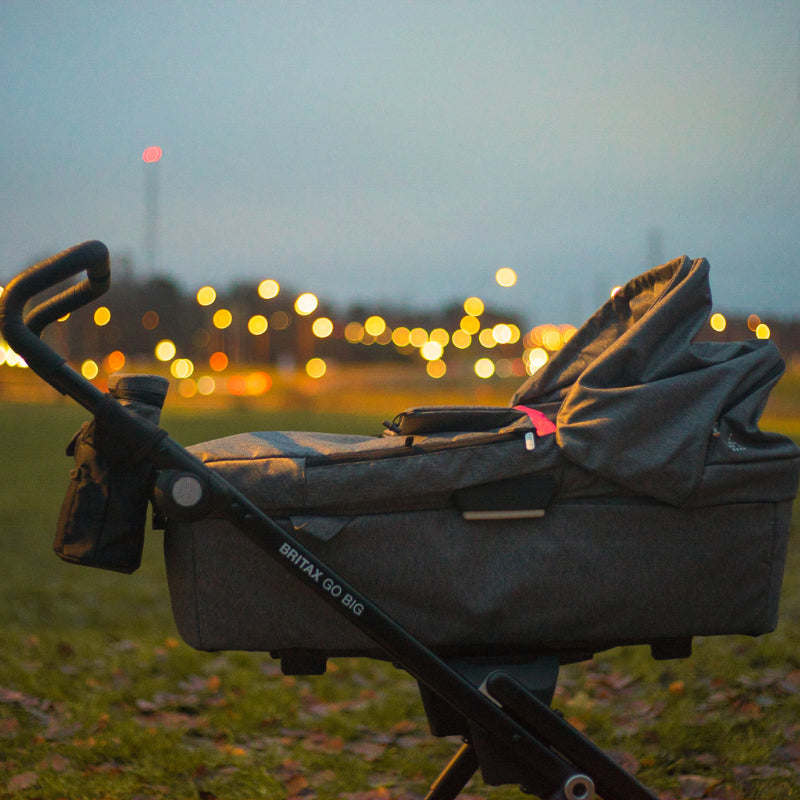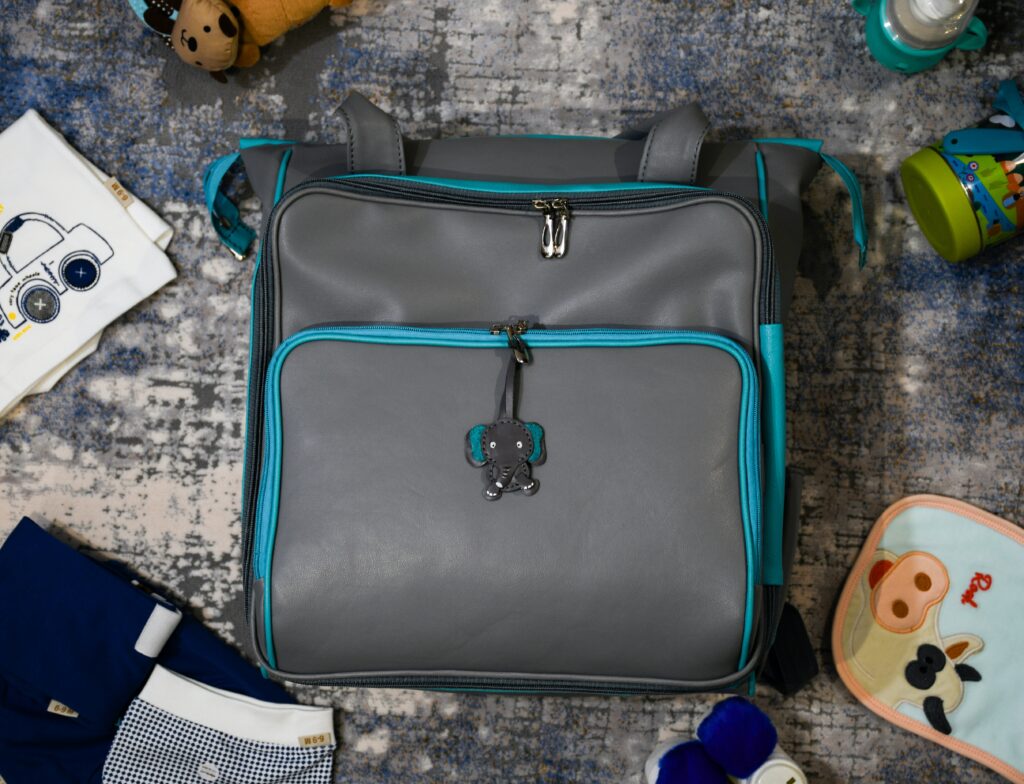Being a new parent can be overwhelming, especially when it comes to making sure your baby is safe and secure. One of the questions that parents often ask is whether it’s safe to leave their newborn in a bassinet alone.
In this article, we’ll discuss the safety considerations for leaving newborns in bassinets and provide tips on reducing the risks of doing so. We’ll also explore other essential safety measures all parents should take to ensure their baby’s well-being. So, if you’re wondering if you can leave your newborn in a bassinet alone, read on to find out more!
The Difference Between a Bassinet and a Crib
Bassinets are small, portable beds often used for newborns and young infants. They typically have lower sides than cribs, making them easier for parents to pick up and hold their baby. Bassinets also tend to be lighter in weight than cribs, making them more convenient for traveling or moving around the house.
Cribs, on the other hand, are larger and heavier than bassinets. They have higher sides and can be used for babies of all ages (up to 3 years old). Cribs must meet specific safety standards set by the Consumer Product Safety Commission (CPSC).
Newborns and Bassinets
Can I leave my baby in a bassinet alone in another room? It’s generally not recommended to leave newborns unattended, even for short periods of time. This is because they’re still developing important neural connections and are at a higher risk for Sudden Infant Death Syndrome (SIDS).
While you should never leave your baby completely alone, there are some situations where it might be necessary to step out of the room for a few minutes. If this is the case, it’s essential to take precautions to ensure your baby’s safety.
For example, if you need to leave the room while your baby is sleeping in their bassinet, ensure the bassinet is safe. This means it should avoid any potential hazards, such as windows, radiators, or electrical outlets.
It’s also important to ensure that the bassinet is sturdy and won’t tip over if your baby moves around. If possible, place the bassinet on the floor to reduce the risk of it falling off a bed or a changing table.
Finally, always leave a cell phone or other form of communication within arm’s reach so you can be contacted quickly if needed.
Can a newborn sleep in a bassinet alone? Newborns should always sleep in the same room as their parents for at least the first six months of life. This is to reduce the risk of SIDS and other sleep-related dangers.
While it’s fine to leave your baby alone in their bassinet for short periods, you should never let them sleep there unattended overnight. If you need to be out of the room for an extended period, it’s best to have someone else stay with your baby.
How long can a newborn stay in a bassinet? Most bassinets are only meant for babies up to about four or five months old. After that, they’ll need to be transitioned to a crib.
If your baby has outgrown their bassinet, but you’re not ready to move them into a crib, you can try using a pack-and-play instead. These are larger than bassinets and provide more room for your baby to grow.
Is it okay to put newborns in a bassinet when awake? It’s perfectly fine to put your newborn in their bassinet when they’re awake. In fact, it can be a good way to help them settle down for a nap or bedtime. Just make sure you stay close by so you can keep an eye on them.
How long can you leave a newborn baby unattended? – You should never leave your newborn baby unattended for more than a few minutes at a time.
Shopping for a Bassinet
When you’re shopping for a bassinet, there are a few things to keep in mind. First and foremost, make sure that the bassinet is suitable for your baby’s size and weight. Bassinets can range in price from around $50 to well over $200, so it’s important to find one that fits your budget and meets your needs.
Another factor to consider is the style of the bassinet. There are three main styles: traditional cribs with rails, convertible cribs with built-in changing tables, or dressers that convert into bassinets. Each style has its own benefits and drawbacks.
Once you’ve decided on the style of the bassinet as well as its features (like whether or not it has wheels), you’ll need to decide what type of mattress will fit inside it. Most standard mattresses work fine in a bassinet, but some may be too soft for an infant’s delicate skinned neck or hips. If this is a concern for you, look for models that have adjustable firmness levels. Finally, make sure to choose a color that coordinates with your nursery décor!
Conclusion
Now that we have summarized the ins and outs of newborns and bassinets, you should be well-prepared for caring for your baby in a bassinet!
About the author

James Grasty is a father of two (Maximilian 2, and Lillian 4) and an avid user and purchaser of new and used baby gear. After trying out a lot of gear for his kids, he grew tired of either not finding the product he wanted, them being low quality and cheap, or super expensive. Being an entrepreneur he decided to start his own brand of baby and kids gear aimed at helping parents like himself solve their problems and make parenting a bit easier in the process because we all know how hard it already is.




Leave a comment
This site is protected by hCaptcha and the hCaptcha Privacy Policy and Terms of Service apply.